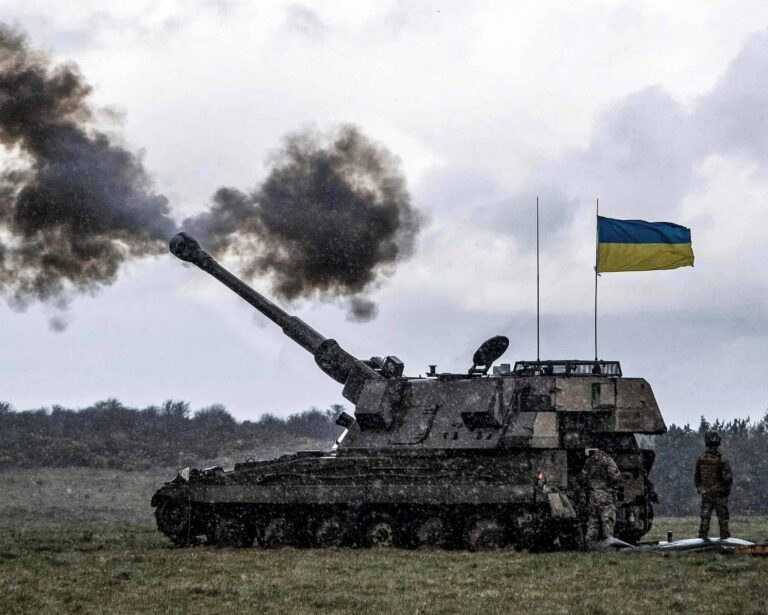The Ukrainian counteroffensive against Russia and when the military might decide to implement it have been discussed for some time now.
While the Pentagon documents leaked online set the date for the counteroffensive for April 30, President Zelensky himself has said that it is more likely to take place in the summer.
What is certain is that the counteroffensive would come after a period in which tensions have risen in Russia. Especially after the attack on the Kremlin, which allegedly inflamed the belligerents’ tempers even more. Indeed, one observes a return to the rhetoric of the nuclear threat.
And while many fear that a counteroffensive could worsen the situation and materialize a nuclear war, senior Ukrainian officials are convinced that this alone can force Moscow to sit down at the peace negotiating tables.
Table of Contents
What is the real goal of the Ukrainian counteroffensive?
While senior Ukrainian military officials repeat that the ultimate goal of the counteroffensive is the liberation of all territory, including Crimea and the breakaway republics, this turns out to be an operation that cannot be achieved. At least not in one move.
According to experts, it is more likely that the Ukrainian counteroffensive will consist of an attack in the direction of the Sea of Azov, in the Zaporozhye region, around the city of Melitopol’. With the real goal of splitting the territories occupied by the Russian army in two:
- to the west the Crimea;
- to the east the Donbass.
This action would allow Ukrainian artillery to bombard the Crimean peninsula and the Sevastopol naval base. A counteroffensive that would surely be obvious to Moscow as well. The difficulty of this operation will then be the ability to deploy Ukrainian military forces on the two fronts.
Experts, therefore, consider it a more realistic goal for Kiev to advance 30 kilometers into the Melitopol’ area. Thus with the possibility of concentrating attacks in the regions of Luhansk, Kremenna, Svatove, Severodonetsk, and Lysychansk, where fighting continues.
Ukraine’s counteroffensive: what may happen and what are the risks
Periodically Ukraine’s senior officials say that the planned counteroffensive against Russia could bring the war to an end before the end of 2023.
Of the same opinion is Professor of Defense Studies, King’s College London, Robert Cullum. Who is convinced that a successful counteroffensive could force Moscow to sit down at the negotiating table. And, perhaps, get some kind of concession. Especially if it is Crimea that is threatened. “Putin really will not want to lose Crimea because it is a great symbol of his regime’s success.”
Yet if these are the wishes of Ukrainian politicians, on the other hand, one should not ignore the nuclear threat to which the Kremlin periodically returns. So much so that it has decided to deploy Russian nuclear weapons on the territory of Belarus.
And many wonder, in the event of a successful Ukrainian counteroffensive, whether Moscow might decide to deploy tactical nuclear weapons on the ground. With the consequent risk of conflict escalation.
In fact, at least for military strategy expert Gustav Gressel, there is no reason for Russia to employ nuclear weapons unless Crimea is under threat. This is because “the price is very high and the outcome of success is doubtful.”
In any case, the shadow of the nuclear threat stretches across Europe. The ceasefire still seems far away. One only has to wonder why the thought is that only a Ukrainian counteroffensive will work to sit at the negotiating tables. Thus without first coming to terms with the total absence of a diplomatic channel. An absence to which Europe has also contributed.
Read also: Putin’s war: what are the real and alleged targets of the Russian invasion of Ukraine












